Reliable Herniated Disc Treatment in Sydney
Access specialised care for herniated discs in Sydney—take the first step in managing your pain effectively by booking a consultation with our experienced clinical team today.
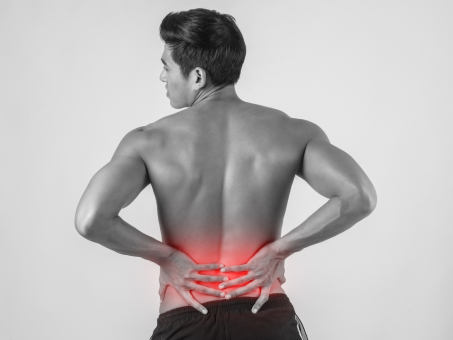
Painmed provides the most effective treatments for herniated discs, slipped discs, and bulging discs. This condition causes neck, back, and leg pain. Having a herniated disk can result in pain, weakness, and numbness in your neck, back, arms, and legs. There are times when these symptoms are severe enough to disrupt your life. In most cases, however, your herniated disk problems should resolve on their own within a few weeks. Feel better in the meantime by trying one or more of these treatments.
You should take it easy for a few days. By resting, you can reduce swelling and allow your back to heal. Avoid bending or lifting while your back hurts. You might be advised to rest in bed by your doctor. Bed rest is fine for a short period of time, but don’t stay off your feet for more than a couple of days. Keeping your joints and muscles moving will keep them from stiffening.
Heat and ice can also help relieve your pain. Place an ice pack or a warm wet towel on the sore area of your back. The temperature can be alternated between hot and cold, or you can use whatever feels most comfortable to you.
Ibuprofen (Motrin, Advil) or naproxen (Aleve, Naprosyn) are over-the-counter pain relievers. Pain and swelling can be reduced with these medicines. You shouldn’t use these for more than 10 days without consulting your doctor. In large doses or for a long time, nonsteroidal anti-inflammatory drugs (NSAIDs) can cause heart problems and bleed.
If over-the-counter meds do not relieve your pain, your doctor may prescribe narcotics such as codeine or oxycodone-acetaminophen (Percocet).
To ease muscle spasms in your back, your doctor may prescribe muscle relaxants. Nerve pain medicines such as amitriptyline (Elavil, Vanatrip), duloxetine (Cymbalta), gabapentin (Neurontin), pregabalin (Lyrica), and tramadol (Ultram) can ease nerve damage pain.

A herniated disc, commonly known as a slipped or ruptured disc, occurs when one of the rubbery cushions (discs) between your vertebrae in the spine slips out of its normal position. This can irritate nearby nerves, leading to pain, numbness, or weakness in areas of the body connected to the affected nerves.
The symptoms of a herniated disc vary depending on the location and severity; the most common signs include back pain, tingling sensations, numbness in limbs, and muscle weakness. If the herniated disc affects the lower back, it may cause sciatica, a sharp pain radiating down the leg. If you notice any of these symptoms, visiting PainMed clinic and seeking sciatica treatment in Sydney can be beneficial to address the underlying issues.
A herniated disc can result from aging, poor posture, lifting heavy objects incorrectly, or trauma. It’s important to seek timely disc herniation treatment to avoid worsening symptoms or potential nerve damage.
Herniated disc symptoms can be improved with some exercises. It is possible to learn which exercises strengthen the muscles that support your back from a physical therapist. The following are also included in physical therapy programs:
Your doctor can inject steroid medicine into the space around your spinal nerve if rest, pain relievers, and physical therapy don’t relieve your pain. An epidural injection is what this is called. As a result of the steroid, you may be able to reduce swelling, move more easily, and suffer less pain from a herniated disk. To find the right spot to inject the medicine, your doctor will use an X-ray or CT scan. Pain relief might require more than one steroid shot.
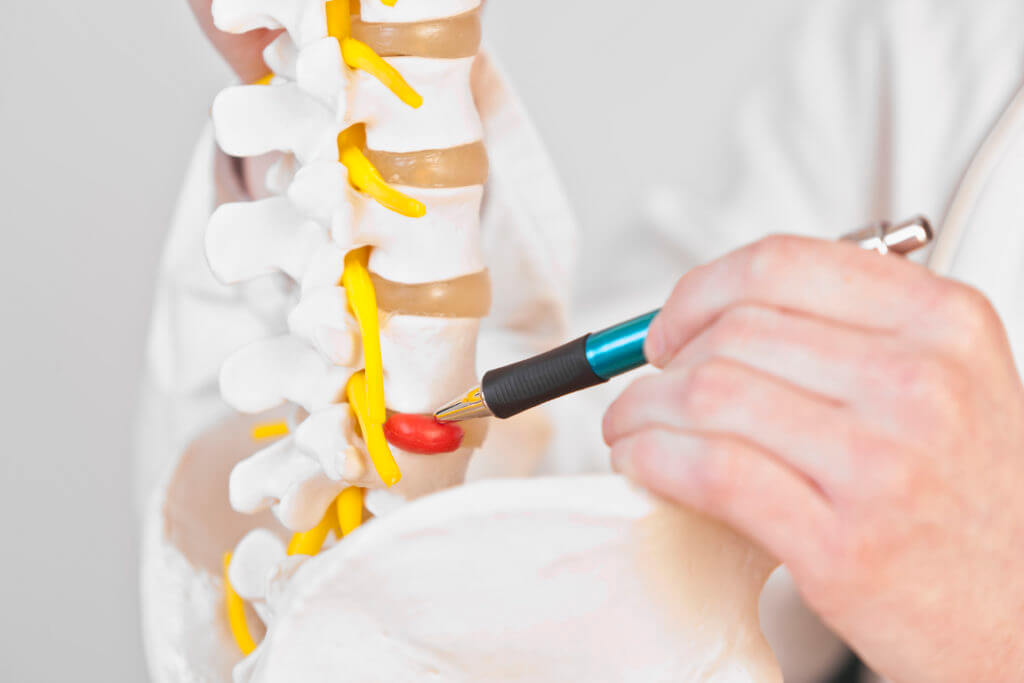
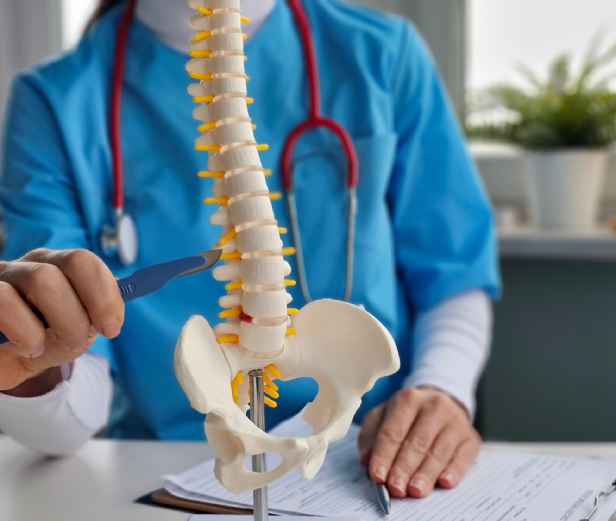
The majority of people with herniated discs do not need surgery. Your symptoms should begin to improve after 4 to 6 weeks of rest and other herniated disc treatments. If your pain does not improve, surgery might be an option. Consult your doctor if you are experiencing any of the following symptoms:
Diskectomy. The purpose of this procedure is to relieve pressure on your nerves by removing your damaged disk. The surgery can be performed in two ways:
Lumbar laminotomy. It is also possible that your surgeon will need to remove a small piece of bone called the lamina from the vertebra. Your spinal cord is protected by the lamina. By removing part or all of it, the surgeon can access the herniated disk. Additionally, it can relieve pressure on your nerves and eliminate leg pain and sciatica. During a diskectomy, the lamina can be removed. A separate surgery might be necessary to remove it.
Spinal fusion. To stabilise your spine after a diskectomy or laminotomy, your surgeon may fuse the two vertebrae on either side of the disk together. A spinal fusion is the result of this process. By fusing the two disks, you will prevent the bones from moving and experience no more pain.
Surgery on artificial disks. There are only a few people who are good candidates for artificial disk surgery, since it only works on certain disks in your lower back. If your doctor deems it necessary, they will replace your damaged disk with a plastic or metal one. Your spine will be more stable and you will be able to move more easily with the new disk.
The majority of herniated discs heal on their own or with treatment. It is possible for them to happen again. Always sit and stand straight to protect your spine and prevent another herniated disk. Rest one foot on a stool or box if you must stand for a long time. Lifting anything heavy should be done with caution.
To pick it up, squat from your knees. Avoid bending at the waist. Your back is put under too much pressure. Maintain a healthy weight. Your back is more likely to be strained if you are overweight. Smoking is not a good idea. Hardening of the arteries can damage your spine’s disks.
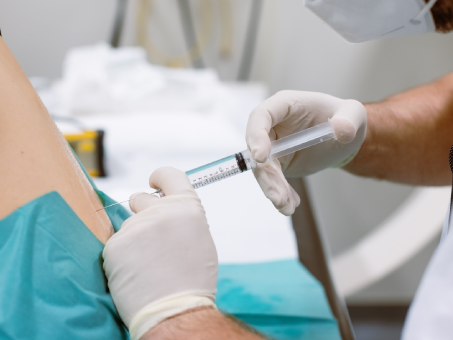
Slipped discs occur when the soft cushion of tissue between the bones in your spine pushes out. If it presses on nerves, it’s painful. Rest, gentle exercise and painkillers usually help.
Slipped discs (also called prolapsed or herniated discs) can cause:
There are some slipped discs that do not cause symptoms. It is common for people to not realise they have slipped a disc until it is too late.
Stay active
At first, you may need to rest if the pain is very bad. However, you should start gentle exercise as soon as possible – it will help you recover faster. It doesn’t matter what type of exercise you do, just gradually increase your level of activity.
Painkillers should be taken
Alternative painkillers include ibuprofen and paracetamol. Back pain should not be treated with paracetamol alone. Take them regularly (up to the recommended daily amount) rather than only when the pain is particularly severe. You will be able to keep moving this way.
Slipped discs can be treated by a pharmacist
The use of non-steroidal anti-inflammatory drugs (NSAIDs) like ibuprofen is not suitable for everyone. If you’re not sure, consult a pharmacist. For pain that has just begun, stronger painkillers containing codeine may be helpful. The use of these types of painkillers should be limited to a few days at a time to avoid addiction.
Stay active
At first, you may need to rest if the pain is very bad. However, you should start gentle exercise as soon as possible – it will help you recover faster. It doesn’t matter what type of exercise you do, just gradually increase your level of activity.
Painkillers should be taken
Alternative painkillers include ibuprofen and paracetamol. Back pain should not be treated with paracetamol alone. Take them regularly (up to the recommended daily amount) rather than only when the pain is particularly severe. You will be able to keep moving this way.
Slipped discs can be treated by a pharmacist
The use of non-steroidal anti-inflammatory drugs (NSAIDs) like ibuprofen is not suitable for everyone. If you’re not sure, consult a pharmacist. For pain that has just begun, stronger painkillers containing codeine may be helpful. The use of these types of painkillers should be limited to a few days at a time to avoid addiction.
GP treatment for a slipped disc
For short-term pain relief, a GP might prescribe a stronger painkiller, a steroid injection, or a muscle relaxant. A GP may recommend further tests, such as an MRI scan if your symptoms do not improve. You might also be referred to a physiotherapist. NHS physiotherapy may not be available everywhere and waiting times can be long. It is also available privately.
Slipped disc surgery
Usually, surgery is not necessary, but a GP might refer you to a specialist if your symptoms include:
Slipped disc alternative treatments
Lower back pain may be relieved by manual therapies, like osteopathy. It is usually a private treatment that you will have to pay for.
Slipped discs: what causes them
There are several reasons why they can occur:
GP treatment for a slipped disc
For short-term pain relief, a GP might prescribe a stronger painkiller, a steroid injection, or a muscle relaxant. A GP may recommend further tests, such as an MRI scan if your symptoms do not improve. You might also be referred to a physiotherapist. NHS physiotherapy may not be available everywhere and waiting times can be long. It is also available privately.
Slipped disc surgery
Usually, surgery is not necessary, but a GP might refer you to a specialist if your symptoms include:
Slipped disc alternative treatments
Lower back pain may be relieved by manual therapies, like osteopathy. It is usually a private treatment that you will have to pay for.
Slipped discs: what causes them
There are several reasons why they can occur:
PainMed specialises in treating a variety of spine conditions, helping patients regain their mobility and relieve pain. Here are some of the common conditions we treat:
At our pain control clinic, we offer personalised treatment plans tailored to your specific needs to address various pain conditions, including disc protrusion treatment.
Herniated Discs
This occurs when the soft inner part of the disc pushes through a crack in the tough outer layer, leading to inflammation and nerve pressure. This can cause severe back pain and sciatica, among other symptoms, which is where disc herniation treatment becomes crucial.
Slipped Disc
A slipped disc is another name for a herniated disc, and it happens when the soft padding between spinal bones bulges out. It can cause pain if it presses on nerves but typically improves with rest, light activity, and pain medication.
Bulging Discs
A bulging disc happens when the disc protrudes out of its normal boundary but hasn’t ruptured. This condition can lead to discomfort, nerve pressure, and even pain radiating into the limbs. Prompt and effective disc bulge treatment is crucial if you notice any such symptoms.
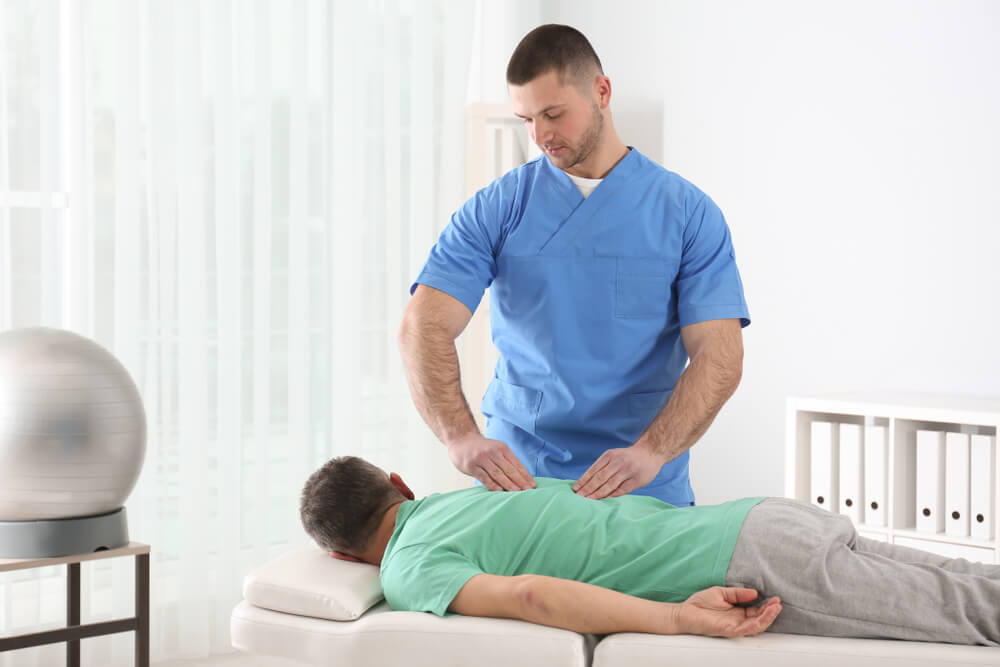
Spinal discs between vertebrae act as shock absorbers, preventing damage to spinal tissue and bone. Additionally, they facilitate movement. A disc is made up of a hard casing and a liquid-like center. When the disc moves or slips from its normal position, the fluid material swells outward throughout its weakest point. The disc balloons between the vertebrae in many cases. Over time, this process occurs. As a condition progresses, the symptoms will become more severe. Protruding discs can be referred to as bulging discs. For expert care and treatment, visit our Pain Management clinic in Sydney.
Bulging disc symptoms
The pain associated with a bulging disc may be minimal if it has not yet reached the stage of herniation. There is a possibility that a bulging disc does not cause any pain because it has not reached a certain stage of severity, and this may make it difficult to identify bulging disc symptoms before the condition worsens.
Bulging discs create pressure points on nearby nerves, causing a variety of sensations. A bulging disc can cause mild tingling and numbness to moderate or severe pain, depending on its severity. Bulging discs at this stage are usually near or at herniation when they reach this stage.
A potentially life-threatening condition may be causing these symptoms, which require immediate medical attention. Sciatic nerve pain usually affects one leg or the other, but not both. The nerves that control the bladder can be compressed by a bulging disc, resulting in bladder incontinence. If this occurs, seek emergency medical attention right away. A bulging disc in the mid-spine can cause upper back pain that radiates to the stomach or chest. Any bulging disc may also cause muscle spasms. Some patients may go years without exhibiting any symptoms, while others may suffer extreme or life-threatening consequences.
In determining the cause of bulging discs, you, the client, maybe the best resource. You will be asked a series of questions about your lifestyle and your physical activity. In addition to natural aging and disc degeneration, other risk factors may also contribute to the condition. Over time, discs may become more vulnerable.
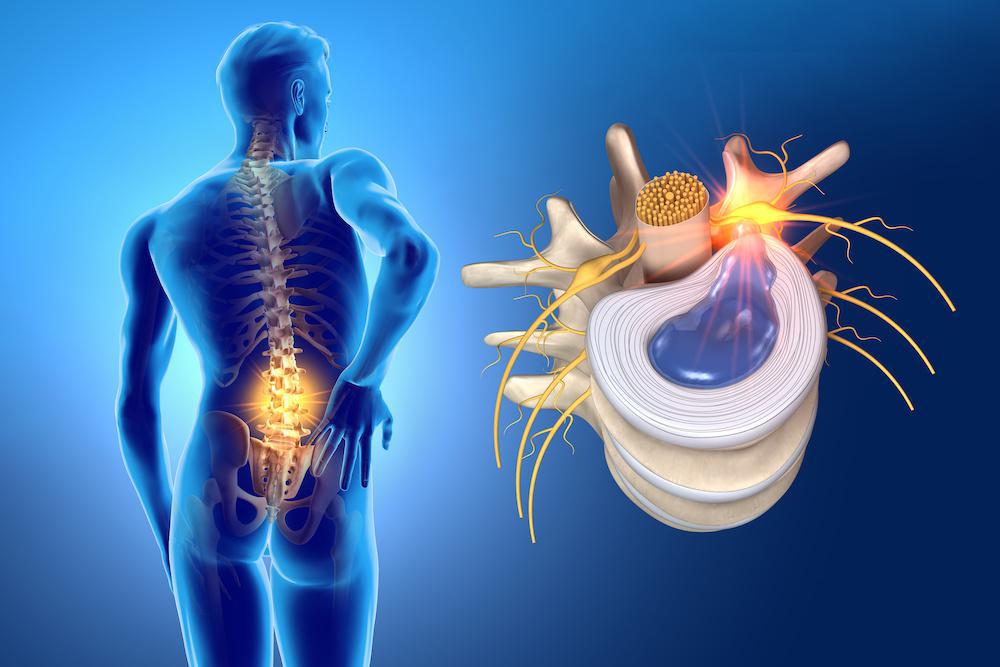
We offer a range of effective treatments to manage and alleviate pain caused by a herniated disc. Our spine specialist Sydney team uses the latest technology and evidence-based practices to provide the best treatment for herniated discs:
Each treatment plan is designed to reduce pain, improve mobility, and restore your quality of life. Whether you need disc bulge treatment or disc protrusion treatment, PainMed is here to help.

We pride ourselves on delivering comprehensive, innovative, and personalised treatments for herniated discs and related spinal conditions.
Experienced Specialists
Our team consists of trusted pain medicine and spine specialists in Sydney with extensive experience in managing spinal disorders, coupled with dedicated support from our allied health professionals—including physiotherapists, exercise physiologists, dietitians, psychologists, and hydrotherapy providers—to ensure a truly multidisciplinary approach to your care.
01
Patient-Focused Treatments
We provide one of the best treatments for herniated discs, using innovative methods such as epidural injections, physiotherapy, and non-invasive techniques to ensure effective pain relief.
02
Minimally Invasive Procedures
When appropriate, we provide advanced minimally invasive procedures that are designed to deliver targeted pain relief with faster recovery times, minimal tissue disruption, and a lower risk of complications compared to traditional surgery. These treatments allow patients to return to daily activities sooner—without the extended downtime often associated with more invasive interventions.
03
Personalised Treatment Plans
Every patient receives a tailored approach to treatment, ensuring that their individual needs and lifestyles are considered for the best results.
04
Herniated disc treatment offers several advantages, including:

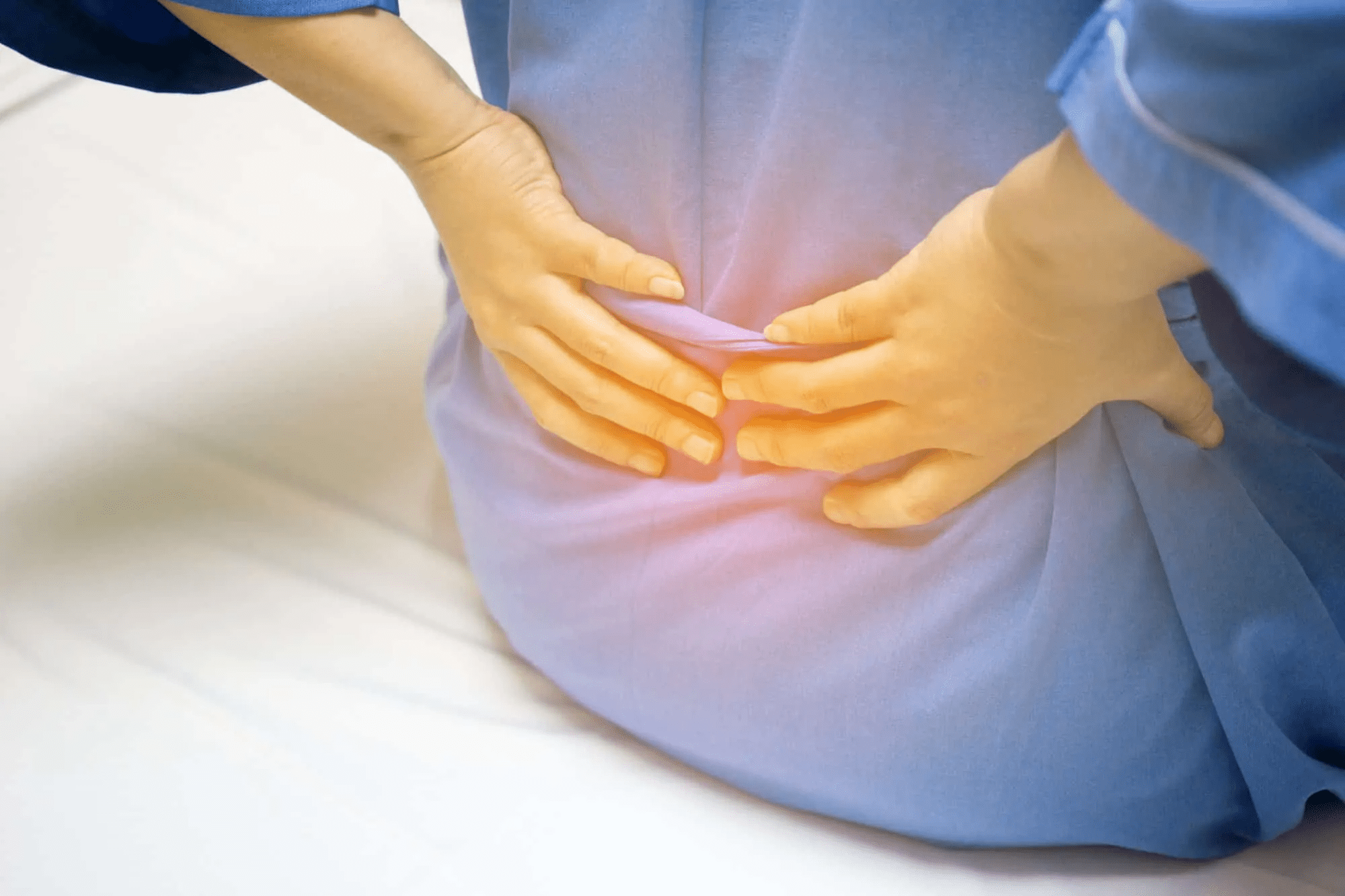
A thorough medical examination, including X-rays and in some cases CT or MRI scans, is necessary to diagnose bulging disc conditions accurately. Testing formats like these show changes in disc shape and condition.
You should consider a few things before considering bulging disc treatments or herniated disc surgery, no matter how minimally invasive. For bulging disc symptoms or pain caused by the affected disc, patients should first change their body positioning and behaviors (sleeping, sitting, and posture positions). Slowing the progression of the disease may be possible by addressing causal factors.
Bulging discs can be successfully managed with non-surgical treatments before they herniate. A variety of pain management options are available depending on the severity of the pain. Prescription and over-the-counter anti-inflammatory medications can relieve mild to moderate discomfort.
Pain symptoms can also be reduced by using heating pads, ice packs, massage therapy, and exercise. To support the affected area for a period of time, some physicians recommend taping or bracing. An emergency surgeon can perform surgery if the disc is causing life-threatening consequences, but this is rare.
Options for new treatments
In order to relieve pain, minimally invasive treatments are becoming more common, including endoscopic spine surgery. Bulging disc problems can be corrected by surgeons using minor surgical techniques. Post-procedure, patients may be advised to perform exercises to strengthen their back muscles. Depending on the extent of the problem and the type of issues caused by the bulging disc, a surgeon will perform a minimally invasive procedure.
Final Thoughts
Bulging discs are medical conditions that develop over time. Although it is more common with ageing, it can also occur in younger people. Medical testing and scans that show changes in disc shape and positioning are the only ways to detect early symptoms. Before advanced disc bulging and herniation, some may experience sensations ranging from tingling to pain. The condition may be prevented from worsening if it is detected early. If you’re seeking effective disc bulge treatment in Sydney, contact us to speak with one of our specialists today.
PainMed is a leading pain management clinic in Sydney, offering reliable solutions and care for patients suffering from a variety of spinal conditions, including herniated discs. Our team consists of skilled spine, back, and pain medicine specialists who work together to provide comprehensive care.
We specialise in disc herniation treatment, offering tailored solutions designed to relieve pain and improve overall well-being. Our pain control clinic also focuses on personalised, patient-centred care, helping you achieve the best possible outcomes.
We are committed to providing the highest level of service, focusing on delivering practical, non-invasive treatment options for herniated discs and related conditions.

A herniated disc is typically diagnosed through a combination of physical examination, medical history, and imaging tests. These tests help to identify the location and severity of the disc herniation.
Recovery time varies depending on the severity of the herniation and the treatment approach. With early intervention and the right treatments, many patients experience significant improvement within a few weeks to a few months.
To reduce the risk of developing a herniated disc, it’s essential to maintain proper posture, avoid heavy lifting, exercise regularly to strengthen the back muscles, and use ergonomic furniture.
©2025 PainMed. All Rights Reserved. Built by Clickmatix – Digital Marketing & Web Experts
Originally from England, Sally graduated from St George’s Hospital, University of London in 2004 with a BSc (First Class Hons) in Physiotherapy. Since settling in Australia, Sally has worked in private practice and in the public hospital setting across Sydney.
Sally gained a Masters in Medicine Pain Management from the University of Sydney in 2019 and is a Titled Pain Physiotherapist (as awarded by the Australian Physiotherapy Association).
In addition to private practice, Sally currently works as a Senior Physiotherapist at Westmead Hospital Pain Management Service.
Sally is highly skilled in assessing, diagnosing and treating people who experience chronic pain. She enjoys working with injured workers and CTP claimants. She has a deep understanding of the impact of pain on the whole person and on their functioning in daily life. In partnership with her colleagues, Sally enjoys applying her knowledge and clinical skills to provide a safe space for exploration of the physical and emotional meaning of pain and for recovery of function.
Qualifications and Experience
Dr. Adam is a Fellowship-trained Pain Medicine Specialist with a Fellowship from the Faculty of Pain Medicine (FFPMANZCA) and a Master of Pain Medicine from the University of Sydney. He is dedicated to the comprehensive management of chronic pain across all age groups.
Dr. Adam trained in adult pain medicine at Liverpool Hospital, Nepean Hospital, and the Department of Pain Medicine, and completed additional training in paediatric chronic pain at The Children’s Hospital at Westmead. He currently serves as a Staff Specialist at Westmead and St George Public Hospitals (NSW Health), and is a Visiting Medical Officer (VMO) at Liverpool Public Hospital, St George Private, Sydney Southwest Private, Holroyd Private, Norwest Private, and Nepean Private Hospitals.
He adopts a whole-person, multidisciplinary approach rooted in the socio-psycho-biomedical model, utilising both pharmacologic and interventional techniques. These include:
Dr. Adam is an Authorised Prescriber of Medicinal Cannabis and holds a Diploma in Medicinal Cannabis. He is also certified in Opioid Treatment Programs, including Methadone. His areas of interest include opioid dependence management, medicinal cannabis, and interventional pain procedures.
He also completed advanced training in Virtual Reality Therapy for chronic pain and mental health disorders in Barcelona, Spain, and has further qualifications in Focused Psychological Strategies, Cognitive Behavioural Therapy (CBT), and Clinical Hypnosis.
Qualifications: